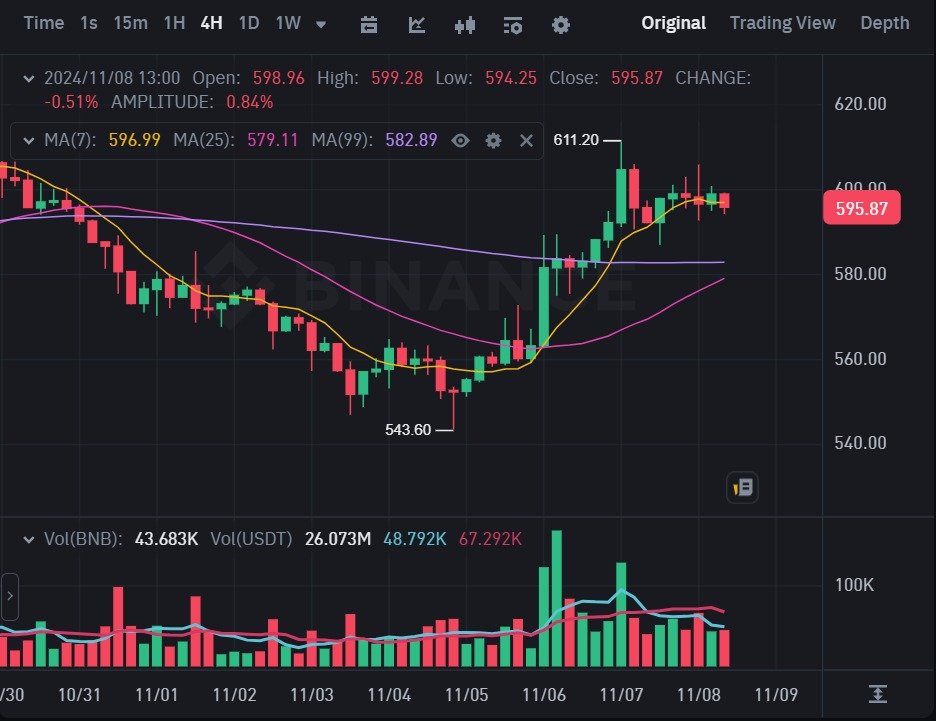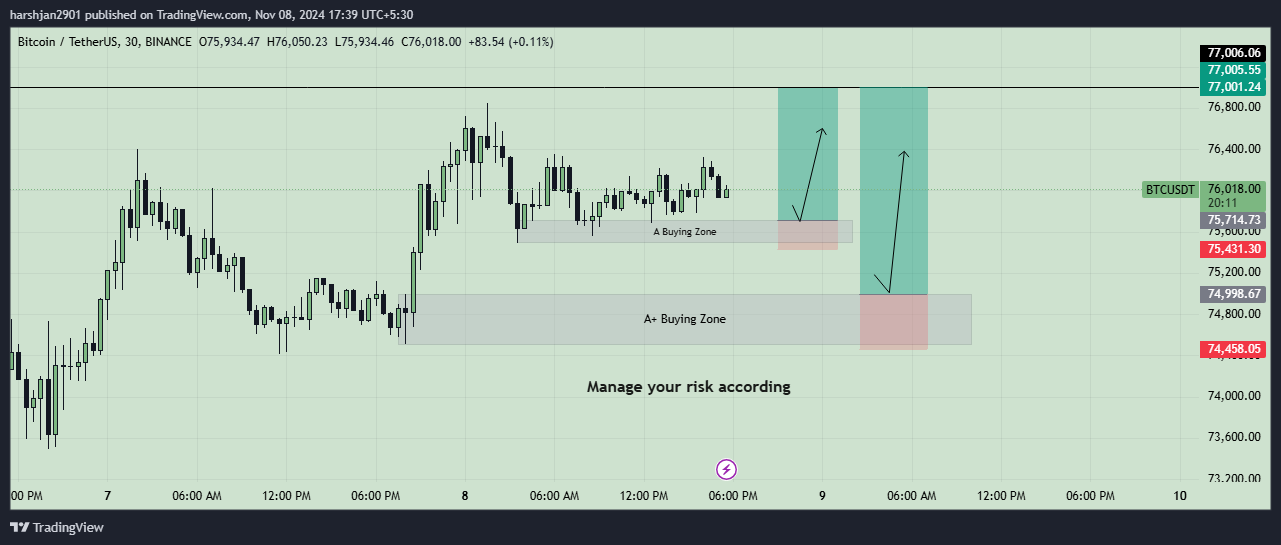As the cryptocurrency landscape evolves, so do the ways people earn rewards. In 2025, crypto staking and mining remain two of the most popular methods for generating income from digital assets, yet each comes with distinct advantages, challenges, and profitability potential. Let’s explore the differences between these two methods and analyze which might be more profitable in 2025.
What Is Crypto Mining?
Mining, traditionally associated with Bitcoin, is the process of validating and adding transactions to the blockchain. Miners use computational power to solve complex cryptographic puzzles, securing the network in a process called proof-of-work (PoW). In return, miners are rewarded with cryptocurrency.
Pros of Mining:
- High Rewards for High Investment: Bitcoin and other PoW cryptocurrencies offer high rewards, especially for those with large-scale mining setups.
- Asset Appreciation: In addition to rewards, miners can benefit from the asset’s potential appreciation.
Challenges of Mining:
- High Energy Costs: Mining is energy-intensive, making it expensive and environmentally controversial.
- Initial Hardware Costs: Setting up a mining rig requires a significant initial investment in hardware (GPUs, ASICs) and cooling systems.
- Competition and Difficulty Increases: Mining difficulty tends to increase over time, meaning fewer coins are generated for the same effort and energy.
What Is Crypto Staking?
Staking, associated with proof-of-stake (PoS) and related consensus mechanisms, involves holding a certain amount of cryptocurrency in a wallet to support network operations like transaction validation. In return, stakers receive rewards proportional to the amount of cryptocurrency they stake. Ethereum, Cardano, and Solana are some of the prominent PoS networks.
Pros of Staking:
- Energy Efficiency: Unlike mining, staking requires far less energy, making it more eco-friendly and accessible to a broader range of participants.
- Lower Initial Investment: Staking doesn’t require the purchase of expensive hardware. Most PoS networks only require users to lock up their funds.
- Passive Income: Staking offers a relatively easy way to earn passive income, with rewards often distributed regularly.
Challenges of Staking:
- Locked Funds: Some networks require funds to be locked up for a specific period, reducing liquidity.
- Price Volatility: Staked assets are still subject to market volatility. If the token’s value drops, staking rewards may not offset the loss.
- Slashing Risks: Some networks can penalize stakers for network failures or dishonest behavior, causing a partial loss of their staked funds.
Profitability Comparison: Mining vs. Staking in 2025
1. Initial Costs and Accessibility
- Mining requires high upfront costs, both in hardware and electricity, making it less accessible for individuals.
- Staking has a lower barrier to entry, requiring only the purchase of the asset and potentially a small fee to join a staking pool. Staking is, therefore, more accessible for beginners and those with limited capital.
2. Reward Potential
- Mining on high-demand PoW networks like Bitcoin can yield significant rewards, but only if the miner has access to low-cost electricity and efficient mining rigs. Mining in large, well-equipped farms is typically far more profitable than small-scale individual mining.
- Staking rewards are often around 4-10% annually, with some networks offering higher rates. While the return percentage might be lower than potential mining profits, staking provides a steady and predictable income.
3. Market and Regulatory Trends
- With increasing regulatory scrutiny on energy-intensive mining due to environmental concerns, mining regulations may become stricter, possibly driving up operational costs or limiting locations where mining is viable.
- Staking, viewed as more environmentally friendly, is gaining favor with regulatory bodies. This trend suggests staking may continue to grow and become even more profitable in regions where energy costs make mining less viable.
4. Sustainability and Scalability
- Mining consumes vast amounts of energy and requires constant reinvestment in new technology to stay competitive. As more networks transition to PoS, the demand for PoW mining may decrease.
- Staking aligns with the broader industry trend toward sustainable practices. Ethereum’s transition to PoS demonstrates the industry’s shift away from energy-intensive mining. Staking, therefore, has a long-term edge in terms of sustainability and scalability.
Which Is More Profitable in 2025?
For most investors in 2025, staking is likely the more accessible and cost-effective option. The lower costs, passive income, and reduced environmental impact make staking attractive, particularly for new investors or those with limited capital. However, mining can still be highly profitable for those with access to low-cost energy and advanced hardware, especially in countries or locations that support mining activities.
Final Thoughts
Choosing between mining and staking depends on your goals, capital, and resources. Staking generally provides a more stable and environmentally friendly form of passive income, while mining offers higher potential rewards for those willing to invest significantly in equipment and energy. As the crypto space continues to evolve, staking is becoming the favored option, both for regulatory and environmental reasons, potentially making it the more profitable choice for most investors in 2025.
For tailored insights on maximizing returns through crypto staking or mining, Lumina Lore offers expert-guided strategies. Start your journey with Binance today through our referral link and tap into new strategies for a new era of finance.



